I'm not sure, but might it be possible to write the image data as a string, and manipulate the string, then translate it back into an image before showing the resulting image?
This wouldn't require drawing to canvas, only loading the image data as a string instead of an image. It would, however, involve some complex and possibly difficult to get right string manipulation, to make sure the image data translated correctly and moreso to manipulate the pixels.
It would also mean the string is likely to be very long for larger images, so this might take more memory than canvas would and could potentially need to be split into multiple strings. In exchange it may be faster than drawing to canvas, especially with multiple strings if you only need to manipulate part of the image.
I'm not experienced with image manipulation but theoretically there's no reason a file's data couldn't be written into a string. It is just, again, going to make a very long string and have a possible RAM impact because of it because the string could take up more RAM than the image file itself. But it will be faster loading since it doesn't have to process the data as much as it would to draw to canvas.

